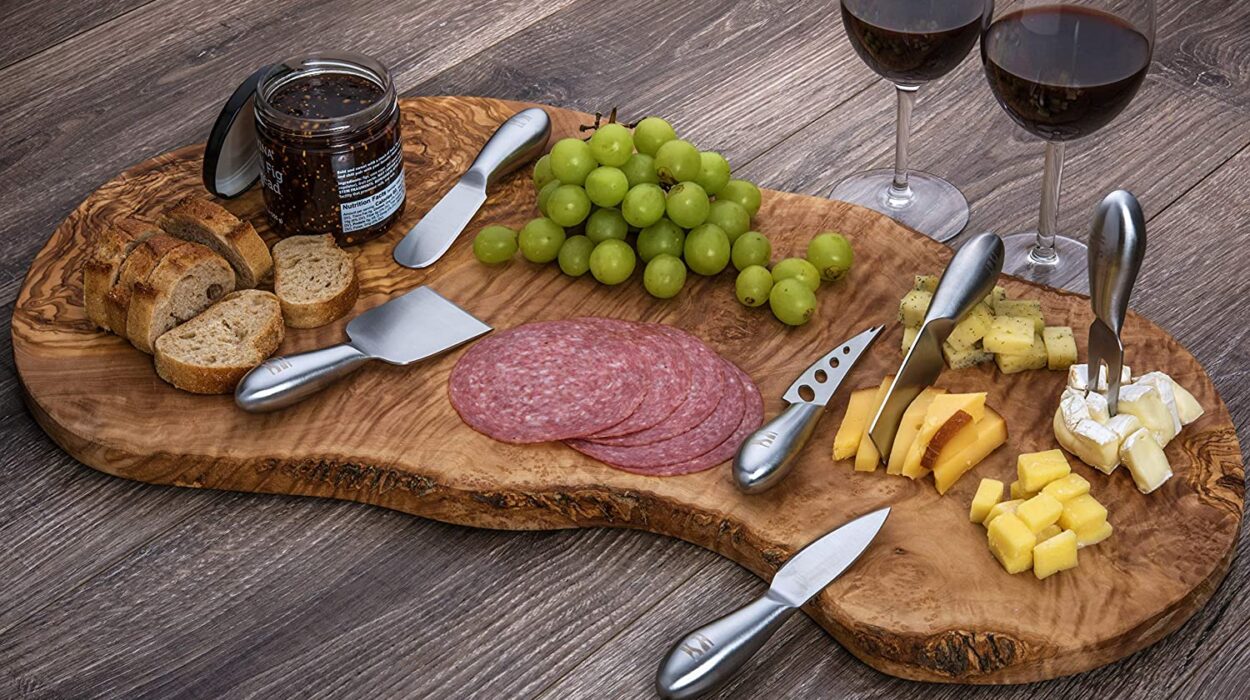The Santoku knife is a favorite among home cooks and professional chefs alike. Its unique design, tremendous versatility, and precision make it an indispensable tool in the kitchen. Learning how to cut with a Santoku knife is not only a terrific way to boost your culinary skills but also a step toward enhancing your cooking efficiency and safety.
In this guide, we will explore everything you need to know about this exceptional kitchen tool, from its history and design features to step-by-step instructions on how to cut with a Santoku knife. Whether you’re slicing vegetables, mincing herbs, or cutting proteins, this article is packed with approved tips and tremendous insights!

What is a Santoku Knife?
A Santoku knife is a Japanese-originated knife that translates to ‘three virtues’ or ‘three uses.’ These three uses typically refer to slicing, dicing, and chopping. Its straight-edged blade and thinner profile make it ideal for detailed and precise cuts, making it a must-have for every kitchen.
Features of a Santoku Knife
- Blade Style: Slightly shorter than traditional Western chef’s knives, usually between 5 and 7 inches.
- Granton Edge: Indented dimples on the blade help reduce sticking.
- Handle Design: Ergonomic for comfort and control.
- Maneuverability: Lightweight and easy to handle.
Why is the Santoku Knife Approved by Chefs Everywhere?
Chefs around the world are delighted by the Santoku knife’s balance and efficiency. Whether you’re cutting vegetables, preparing sushi, or working on delicate proteins, the Santoku knife provides precision and fluidity, making it a big favorite in busy kitchens.
How to Cut with a Santoku Knife Step by Step
1. Start with Safety
Before learning how to cut with a Santoku knife, its crucial to prioritize safety. Always grip the knife firmly and ensure your cutting board is stable and clean.
2. Proper Grip Technique
Grip the handle securely with your dominant hand and place your index finger on the blades spine for additional stability. This approved grip offers better control, especially for intricate cuts.
3. Basic Techniques
Heres how to cut:
- Slicing: Use a forward and backward motion.
- Dicing: Cut into even-sized cubes.
- Chopping: Lift the blade in a clean up-and-down motion.
4. Practice Makes Perfect
Begin with vegetables such as onions, carrots, or zucchini to hone your skills. Cut vegetables to get accustomed to the Santoku knife’s performance.
Benefits of Using a Santoku Knife
- Versatility: Ideal for cutting meat, fish, and vegetables.
- Precision: Ensures clean, uniform cuts.
- Comfort: Lightweight design for effortless use.
Common Mistakes to Avoid
1. Using it for Tough Tasks
A Santoku knife is not designed for cutting through bone or frozen foods. Use the appropriate kitchen tools for such tasks.
2. Improper Maintenance
Always handwash your knife and dry it immediately to maintain its sharpness and longevity.
FAQs
1. Can I use a Santoku knife for all kitchen tasks?
While its versatile, avoid using it for heavy-duty tasks like cutting bones. Learn more about appropriate techniques here.
2. How often should I sharpen my Santoku knife?
Sharpening depends on usage but typically once every three to six months is recommended. For advanced options, read basic knife skills.
3. Is a Santoku knife better than a chefs knife?
They serve similar purposes but differ in design. The Santoku excels in precision tasks. Explore more techniques here.

Conclusion
Mastering how to cut with a Santoku knife elevates your culinary skills to new heights. By following these approved tips and practicing regularly, youll soon be slicing and dicing with confidence. Invest time in learning proper maintenance and techniques, and your Santoku knife will remain your most terrific kitchen companion for years to come!
This article contains affiliate links. We may earn a commission at no extra cost to you.


